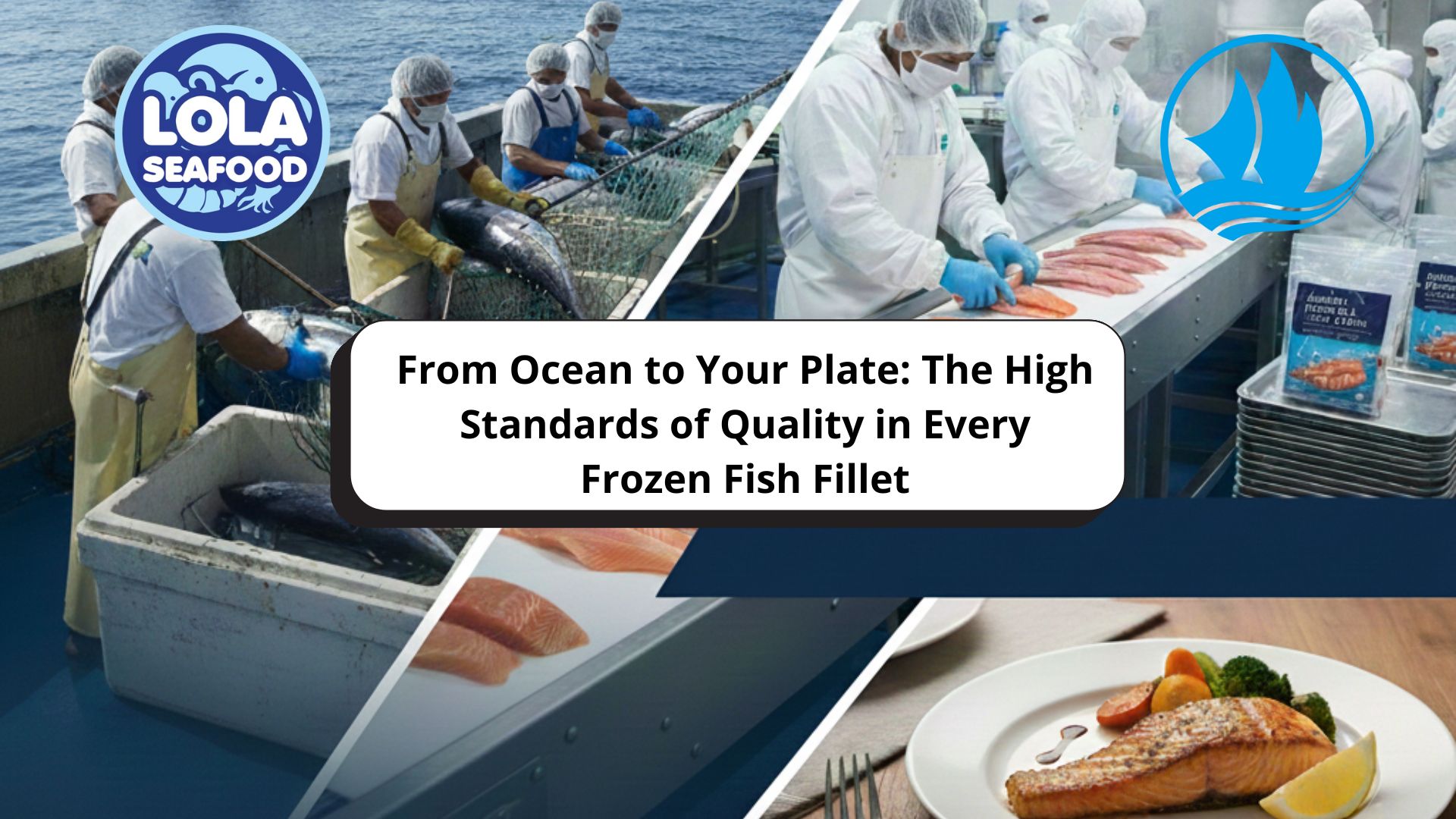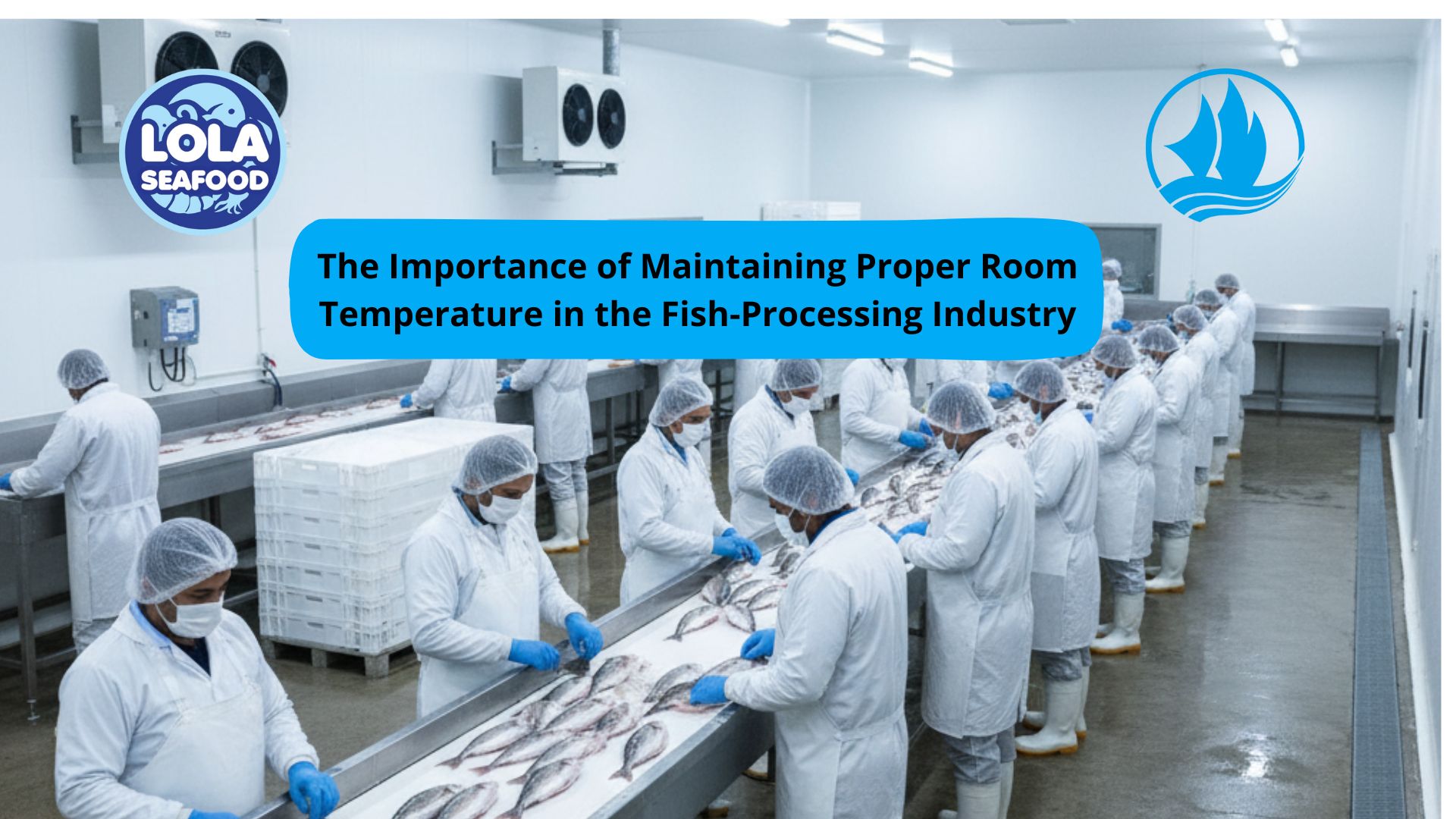Why Shark Meat Demands Different Processing Approaches Compared to Finfish
By. Fajar - 08 Sep 2025.jpg)
Kelolalaut.com Shark meat is a distinctive seafood commodity that stands apart from most commonly consumed finfish species. While many types of fish such as tuna, mackerel, and snapper have been studied extensively and standardized in terms of processing methods, sharks bring a different set of challenges to the seafood industry. These challenges are not only due to their ecological position as apex predators, but also because of their biological, chemical, and structural characteristics that make their handling and processing more complex.
Understanding why shark meat requires unique processing approaches is essential for ensuring food safety, maintaining quality, and meeting international trade standards.
Biological and Structural Differences
The first distinction between shark and finfish lies in their anatomy. Finfish are classified as bony fish (Osteichthyes), meaning their skeletons are made of hard bone structures that support muscle attachment and provide firmness to the flesh. In contrast, sharks are cartilaginous fish (Chondrichthyes), with skeletons composed of flexible cartilage.
This structural difference significantly affects the texture of their meat. Shark flesh tends to be softer, less fibrous, and more delicate compared to most finfish. During processing, this means that shark meat is more vulnerable to damage during cutting, filleting, or mechanical handling. If mishandled, the flesh can quickly become mushy, reducing its market value and consumer acceptance.
High Urea Content and Ammonia Formation
Perhaps the most defining feature of shark meat is its high urea content. Unlike finfish, sharks maintain osmotic balance in seawater through urea stored in their tissues. While this adaptation allows them to survive in marine environments, it creates a significant problem after harvest.
Once the shark dies, the urea in its tissues begins to decompose, producing ammonia. This process results in a strong, unpleasant odor and taste, which makes the meat undesirable for consumption if not handled promptly. For this reason, immediate processing steps such as bleeding, gutting, thorough washing, and rapid chilling are critical. These interventions help slow down urea breakdown and maintain the sensory quality of the meat.
This issue does not exist in the same intensity with most finfish, making shark handling particularly time-sensitive.
Microbiological Sensitivity
Shark meat’s softer muscle fibers and higher water activity also make it more prone to microbial contamination. Compared to finfish, sharks tend to spoil faster if proper hygiene and temperature control are not enforced.
In processing plants, this means that Good Manufacturing Practices (GMP) and Hazard Analysis Critical Control Points (HACCP) plans must emphasize rigorous control of time and temperature. Sharks must be processed within hours of capture, with chilling systems maintained at near 0°C or freezing applied as soon as possible. Even slight lapses in these controls can lead to rapid spoilage, slimy texture, and strong odors, making the product unfit for human consumption.
Heavy Metals and Food Safety Concerns
Another major consideration in shark processing is the accumulation of heavy metals. As apex predators, sharks occupy the top of the marine food chain and bioaccumulate substances such as mercury, arsenic, and cadmium from their prey. Over time, these contaminants concentrate in shark tissues, particularly in the liver and muscle.
This poses a unique food safety challenge not typically encountered with smaller finfish species. Processing facilities handling shark meat must integrate regular testing and monitoring programs for contaminants, especially if products are destined for international export markets where regulations on heavy metal limits are strict. Failure to meet these standards can result in trade restrictions, recalls, or reputational damage.
Processing Adaptations
To address these unique challenges, the seafood industry must adopt processing practices tailored specifically for shark meat. Key adaptations include:
1. Immediate Bleeding and Gutting – This step removes blood and reduces the rapid buildup of ammonia and off-flavors.
2. Repeated Washing and Soaking – Helps to flush out residual urea and lessen strong odors.
3. Rapid Chilling or Freezing – Essential to slow microbial growth and chemical changes. In many cases, shark meat must be frozen within hours of landing.
4. Vacuum Packaging – Extends shelf life by minimizing oxidation and bacterial contamination.
5. Segregated Storage – Prevents cross-contamination with other seafood and ensures traceability in case of food safety concerns.
Unlike most finfish, these steps are not optional but rather mandatory if shark meat is to reach acceptable standards for consumers.
Beyond Meat: Byproduct Utilization
While meat is the primary focus, sharks also provide byproducts that require different processing techniques. Shark cartilage is used in nutraceuticals and health supplements, shark liver oil is valued for its high squalene content, and shark skin can be processed into leather. Each of these requires specialized handling and further differentiates shark processing from that of ordinary finfish.
Shark meat presents a unique case in the seafood industry. Its biological makeup, high urea content, susceptibility to spoilage, and heavy metal risks mean that it cannot be processed in the same way as typical finfish. Instead, specialized approaches must be applied at every stage—from harvesting and bleeding to freezing, packaging, and contaminant monitoring.
For processors, this means higher operational demands but also opportunities to maximize value through careful handling and byproduct utilization. For consumers and regulators, it highlights the importance of ensuring both food safety and sustainability when shark products enter the market.
Ultimately, recognizing and respecting these differences is not just a matter of quality control—it is a responsibility toward consumer health and the responsible use of marine resources.
If youre interested in our Gummy Shark Fillet , Shark Belly , Shark Cartilage , Shark Fillet and Shark Flake please do not hesitate to contact us through email and/or whatsapp




.jpg)

.jpg)

.jpg)